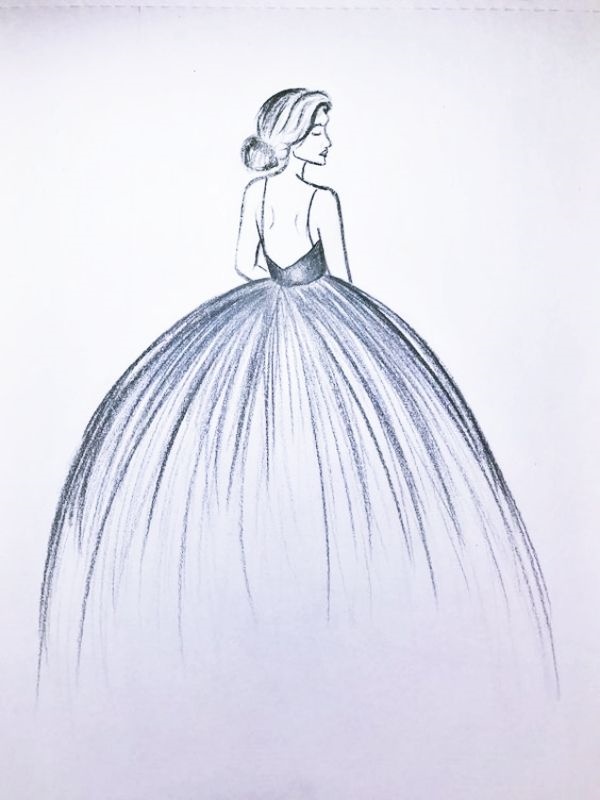
If you do this regularly, you'll notice that your sketches are going to get better. If you know before you start that the finished piece is not going to be useful for exhibiting, you'll have a much easier time concentrating on the process of drawing itself. Of course, your sketch is going to look like a bad Picasso when you're done. Or stick your pencil through the middle of a paper plate, so it distracts your view as the pencil moves. If you find you have trouble not peaking, you can put your sketchbook on your knees and draw underneath the table instead. You can look at your subject, but what the outcome might be should remain a secret until you're finished. But with one little twist: don't look at your paper. Look at your subject and try to draw it, like you always do. All you need is a subject and your drawing materials, be it pencil, pen or ink. Well, worry no more, this exercise will remove that unnecessary pressure. You know, when you keep wondering if you could hang it on the wall, show it to your friends or put it in your portfolio before you've even filled half the page. This is an easy but fun exercise I do frequently when I feel like I worry too much about what my finished sketches look like. Over time your mind will decide that it's probably better to look at what you actually see, rather than having a quick glimpse and making the rest up. You can cast the net as wide as you like, it'll depend on how much time you have to draw it all.

If your brain keeps telling you what a flower looks like, remind yourself that there are orchids, daisies, tulips and lilies. What we'll do in this little exercise is just to draw several different-looking versions of the same thing. Basically, we're preventing it from answering before it's heard the entire question. In order to counteract that pull we can re-calibrate the mind to see shapes instead of whatever it thinks an eye (or cat or tree) looks like. Someone of Hawaiian heritage will likely have a different eye shape than a native Russian, a baby usually has rounder eyes than an adult and so on.īut the mind may have decided on one single idea of ‘eye’ and will keep trying to pull you in that direction, like a jamming steering wheel, away from what you're actually aiming for, or see right in front of you. You may be theoretically aware that there are many different shapes of eyes, for example. Which can be a good thing, unless the image in your head doesn't conform with what you actually see.

Sometimes you're drawing something you've seen many, many times before and your mind just goes on autopilot. These exercises will help you stretch all your drawing muscles muscles (aka your observation, spatial recognition, creativity.) for a serious workout/drawing session and teach you the fundamentals you need to excel.

Regular exercise is also crucial in any training regime, whether you're new to it, back for it or never left at all.
Simple drawing ideas full#
If you haven't been working out for a while, or are a complete beginner, you'll always better start slow, rather than jumping straight in and running a full marathon without any training.


 0 kommentar(er)
0 kommentar(er)
